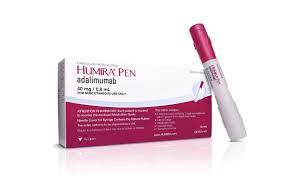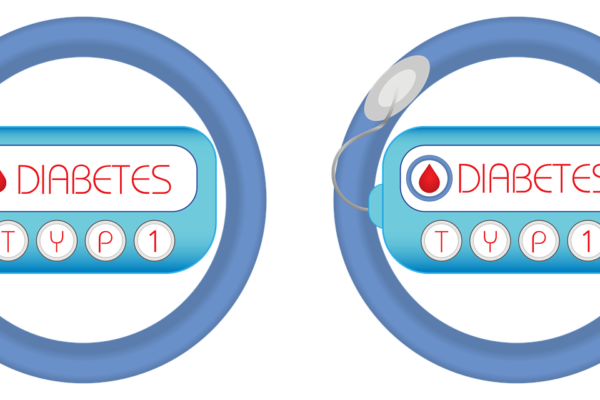History of the Nipah virus in India
In 2001, the first outbreak of Nipah virus was occurred in West Bengal that caused as many as 45 deaths. Again, it happened there in 2007 and 5 people lost their lives.
In Kozhikode, it all started in May, 2018 when the first Nipah virus disease outbreak was reported. With the death rate of the infection being 70%, it led to 17 deaths back then. The state was able to contain the spread by June, 2018. In June 2019, a 23-year old boy was isolated and hospitalised with Nipah symptoms and the infection was contained well with zero deaths.
Symptoms
A person infected with the virus can be in an asymptomatic stage, acute respiratory illness or even fatal encephalitis.
Initial symptoms include headache, fever, sore throat, vomiting, dizziness and muscle pain. Respiratory distress is also observed in some people. Seizures and encephalitis leading to coma occur in severe cases.
Diagnosis
From the time a person comes in contact with the virus till he/she develops the symptoms, a longer incubation period or even non specific symptoms can cause delayed diagnosis and further complicatons in the treatment.
Samples in the laboratory are tested using RT-PCR(Real time polymerase chain reaction) and anitbody detection using ELISA(enzyme-linked immunosorbent assay).
Transmission
Nipah is transmitted from animals such as fruit bats and pigs. In Malaysia, most human infections occurred due to direct contact with sick pigs.
Another source of transmission can be the secretions and excretions of these fruits bats that are infected with the virus.
In case of human-to-human transmission also, secretions of the infected person can transmit the virus to others in contact.
Treatment
No treatment or vaccine is available for the infection. Intensive supportive care is provided to the patients as primary treatment.
Prevention
- Avoiding any contact with infected pigs.
- Disinfection of pig farms time to time.
- Cleaning and washing of fruits before consumption.
- Boiling of date palm juice collected from the farms.
- Keeping bats away while collection.
- No direct contact with the fluids and any secretions of infected person.
- Protective gears for care givers and family of the infected.






Leave a Reply